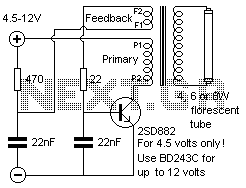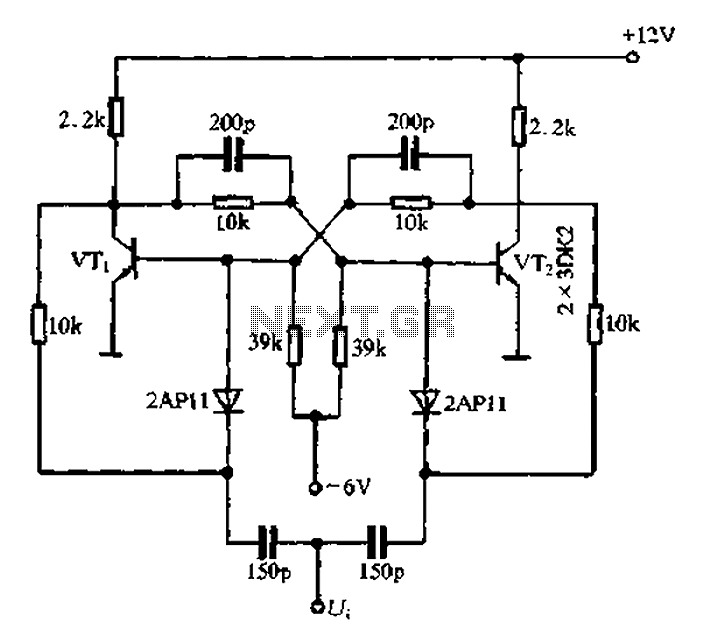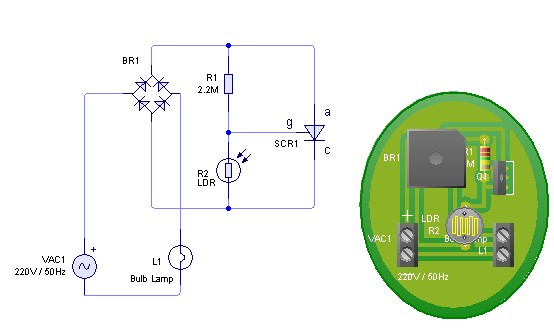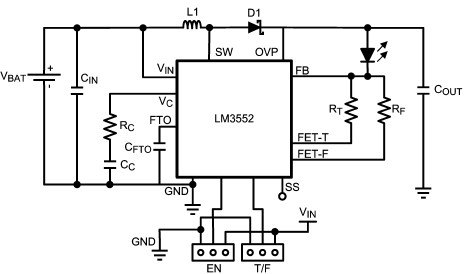
Understanding Circuit Schematics
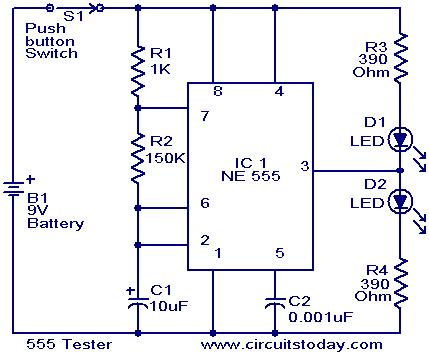
This schematic requires clarification. It is assumed that pin 2 is connected by a wire to pin 6, although this connection appears to be unclear.
The circuit in question involves a schematic where pin 2 and pin 6 are interconnected. To fully understand the implications of this connection, it is essential to analyze the roles of these pins within the broader context of the circuit.
Pin 2 may serve as an input or control signal, while pin 6 could function as an output or feedback point, depending on the specific application of the circuit. The connection between these two pins suggests a potential interaction that may influence the circuit’s performance, such as signal conditioning or control logic.
In examining the schematic, it is crucial to identify the components associated with these pins. For instance, if pin 2 is connected to a resistor or capacitor, this could affect the timing characteristics or the impedance seen by the signal. Additionally, understanding the voltage levels and current flow between these pins can provide insights into the overall functionality of the circuit.
Further investigation into the surrounding components, such as transistors, operational amplifiers, or digital logic gates, will yield a more comprehensive understanding of how pin 2 and pin 6 interact. It is also advisable to refer to the datasheet or technical documentation for the specific components involved to clarify their operational parameters and constraints.
Ultimately, a thorough analysis of the schematic, including the identification of all relevant connections and components, will facilitate a clearer understanding of the circuit's behavior and the significance of the connection between pin 2 and pin 6.Here is a schematic that I need help understanding- On this circuit I`m assuming pin 2 is connected by a wire to pin 6 even though it doesn`t make.. 🔗 External reference
The circuit in question involves a schematic where pin 2 and pin 6 are interconnected. To fully understand the implications of this connection, it is essential to analyze the roles of these pins within the broader context of the circuit.
Pin 2 may serve as an input or control signal, while pin 6 could function as an output or feedback point, depending on the specific application of the circuit. The connection between these two pins suggests a potential interaction that may influence the circuit’s performance, such as signal conditioning or control logic.
In examining the schematic, it is crucial to identify the components associated with these pins. For instance, if pin 2 is connected to a resistor or capacitor, this could affect the timing characteristics or the impedance seen by the signal. Additionally, understanding the voltage levels and current flow between these pins can provide insights into the overall functionality of the circuit.
Further investigation into the surrounding components, such as transistors, operational amplifiers, or digital logic gates, will yield a more comprehensive understanding of how pin 2 and pin 6 interact. It is also advisable to refer to the datasheet or technical documentation for the specific components involved to clarify their operational parameters and constraints.
Ultimately, a thorough analysis of the schematic, including the identification of all relevant connections and components, will facilitate a clearer understanding of the circuit's behavior and the significance of the connection between pin 2 and pin 6.Here is a schematic that I need help understanding- On this circuit I`m assuming pin 2 is connected by a wire to pin 6 even though it doesn`t make.. 🔗 External reference
